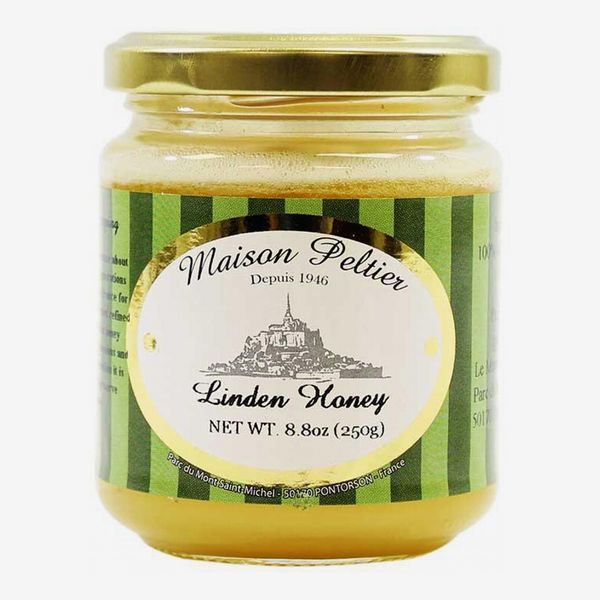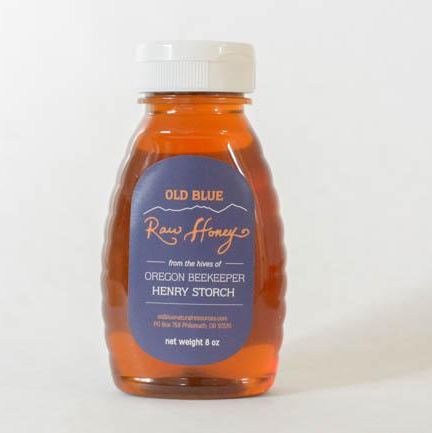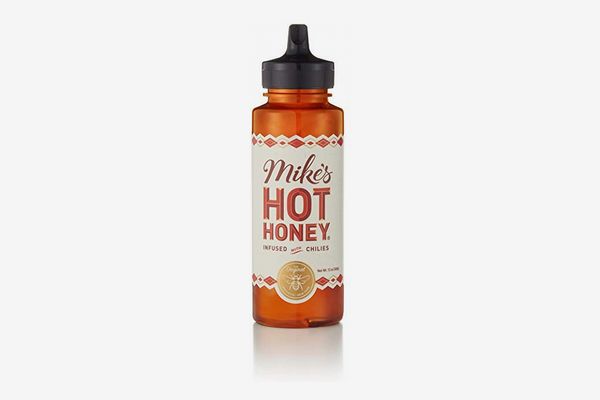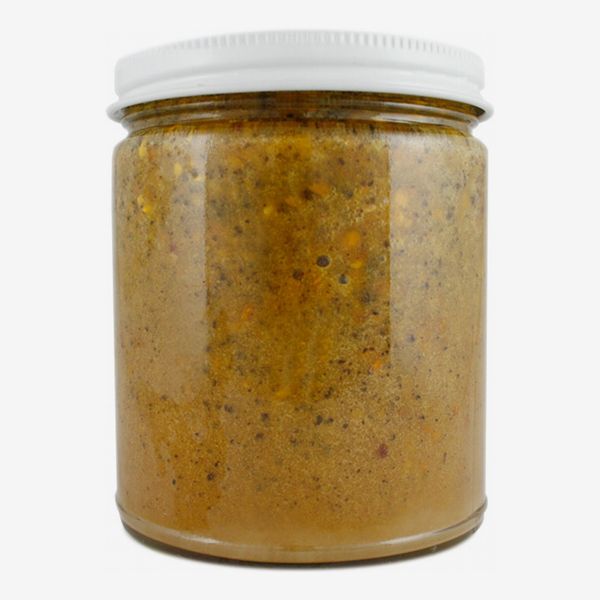
While you may be used to squeezing whatever honey is in that bear-shaped container into your tea, there’s a whole world of distinct types out there that range in both taste and texture. The taste depends on the type of blossoms the honeybees drink the nectar from, and the texture is a product of the nectar and how the honey was processed. Different varieties can actually have flavor profiles as distinct “as a Pinot noir and a Chardonnay,” says Camille Kaplan of Oregon-based Old Blue Raw Honey.
To find the best honeys, we spoke with beekeepers, food writers, and chefs. They recommended options for people who want the right honey for baking, or something to slather on toast, whisk into dressings, or, of course, stir into your tea. Note: All the experts recommend experimenting with different varietals to help you find (and fully appreciate) your favorite. Tom Wilk, head beekeeper and vice-president of Wilk Apiary, for instance, prefers buckwheat honey for its molasses taste, while Kaplan likes clary sage honey for its strong floral notes. Here are our experts’ picks.
The best honeys for everyday use
Jerrelle Guy, author of Black Girl Baking, recommends this “sweet, full-bodied” honey as an “everyday go-to.” While it is not single origin (the honey is processed in a facility that sources from many different beekeepers), its affordable price point means you don’t have to feel bad about using it liberally while cooking. Lindsay Collins, host and creator of Effin B Radio, suggests always having a workhorse honey like this one in your pantry because “if you’re cooking with honey it usually puts a pretty significant dent in your stash. I don’t use the super special, raw, local stuff because it’s a waste to throw such a nuanced and delicate product with lots of other ingredients,” she says.
Linden honey, sourced from the blossoms of Linden or Basswood trees, has a “light and minty” flavor, according to Brooklyn Grange’s Head Beekeeper, Geraldine Simonis. It should be light in color and is mild enough for everyday use.
Julia Turshen, chef and author of Simply Julia, loves Damn Good Honey, a local business near her upstate New York home. “Their honey is so delicious and a great reminder that how the honey tastes tells you so much about where the bees live,” she says. “I use it in salad dressings, for baking, and often just mix a spoonful with some fresh lemon juice and hot water.”
Speaking of where the bees live, Turshen also recommends Detroit Hives, which turns vacant lots in Detroit into pollinator havens. “Buying their honey is an obvious and easy way to support them,” she says.
Patrick Miller, founder of Faccia Brutto Spirits (and former chef-partner at Rucola in Brooklyn), is a fan of Tremblay Apiaries honey. It makes seven different kinds, but he tends to go for the Goldenrod and the Summer Flower Honey. They add a lot to the food he cooks, he says, but also to the amaro he makes at his company. “When I can get it, I use it in the Alpino, and it adds a floral complexity that other commercial honey doesn’t come close to,” he says.
The best honeys for baking
“Dr. Pescia’s bees make this special honey from nectar gathered from the chestnut blossoms that grow in the rolling hills of Chianti. The earthy flavor — dark, dusty, even a little bitter — is an unforgettable match” for most desserts, says Natasha Pickowicz, executive pastry chef at Café Altro Paradiso and Flora Bar. Pescia practices a type of “nomadic beekeeping” in which he transports his hives to specific areas seasonally to produce monofloral honey.
Meadowfoam Honey “has developed something of a cult following in the last few decades” for its marshmallow and vanilla flavor that is “hard to believe until you try it,” says Kaplan. While it is available nationally, almost all meadowfoam honey is produced in Oregon’s Willamette Valley. “We harvest our meadowfoam honey during or immediately following the bloom, so it is particularly intensely flavored compared to other meadowfoam honey harvested later in the season after the bees have foraged for some mild Northwest blackberry nectar.”
Another ideal honey to use for baking is Mieli Thun French Honeysuckle Honey, which Le Bernardin’s executive pastry chef Thomas Raquel recommends because it “has a well-balanced floral and fragrant quality that still allows other ingredients to shine through.”
The best honeys for finishing
Dolce Miele ai Fiori di Origano is produced in Northern Sicily in the province of Palermo on an organic farm at the base of the Madonie mountains. Scott Tacinelli and Angie Rito, chefs and owners of Don Angie, describe it as having a “delicate floral flavor from the oregano that sets it apart from other honey and makes it a perfect accompaniment for young sheep’s milk cheeses.”
Simonis also loves Tupelo honey for “it’s earthy, rich” flavor and “beautiful, golden amber color.” Tupelo trees typically grow in swampy areas in Florida and Georgia, and the honey they produce is sometimes referred to as “swamp honey.”
Food writer and author of the cookbook, Indian-ish, Priya Krishna recommends Mike’s Hot Honey for its balance of sweet and heat that “gives you the complexity of the honey itself, but with a subtle yet effective kick.” The chili-infused honey is “a good finishing condiment to drizzle on anything from buttered biscuits to salty pizza,” adds Jerrelle Guy. Mike’s Hot Honey is made from wildflower honey harvested in Jefferson County in upstate New York from a variety of local hives.
The best medicinal honey
This honey is made from a mix of honey, pollen, propolis, and royal jelly. “Be warned — it’s funky,” says Julia Sherman, author of Salad for President, but “it’s the first thing I reach for when I have an inkling that I’m getting sick.” Andrew’s Honey sells a range of varietals, many of which are sourced from New York City rooftop hives.
The best honey sampler
Old Blue Raw Honey doesn’t “mix honey from different areas or times of the year, so you can truly taste the flavor that develops from specific seasonal nectar — poison oak, wild blackberry, clary sage. I recommend buying more than one at a time to really enjoy the distinct flavor profiles,” says Sherman. This sampler includes 16 8-ounce bottles — six different early- to late-season wildflower honey, four different main-season wild blackberry honey, and six different Willamette Valley crop honey — as well as a honey flavor and aroma wheel produced by the UC Davis Honey and Pollination Center.
Additional reporting by Dominique Pariso.
The Strategist is designed to surface the most useful, expert recommendations for things to buy across the vast e-commerce landscape. Some of our latest conquests include the best acne treatments, rolling luggage, pillows for side sleepers, natural anxiety remedies, and bath towels. We update links when possible, but note that deals can expire and all prices are subject to change.



















